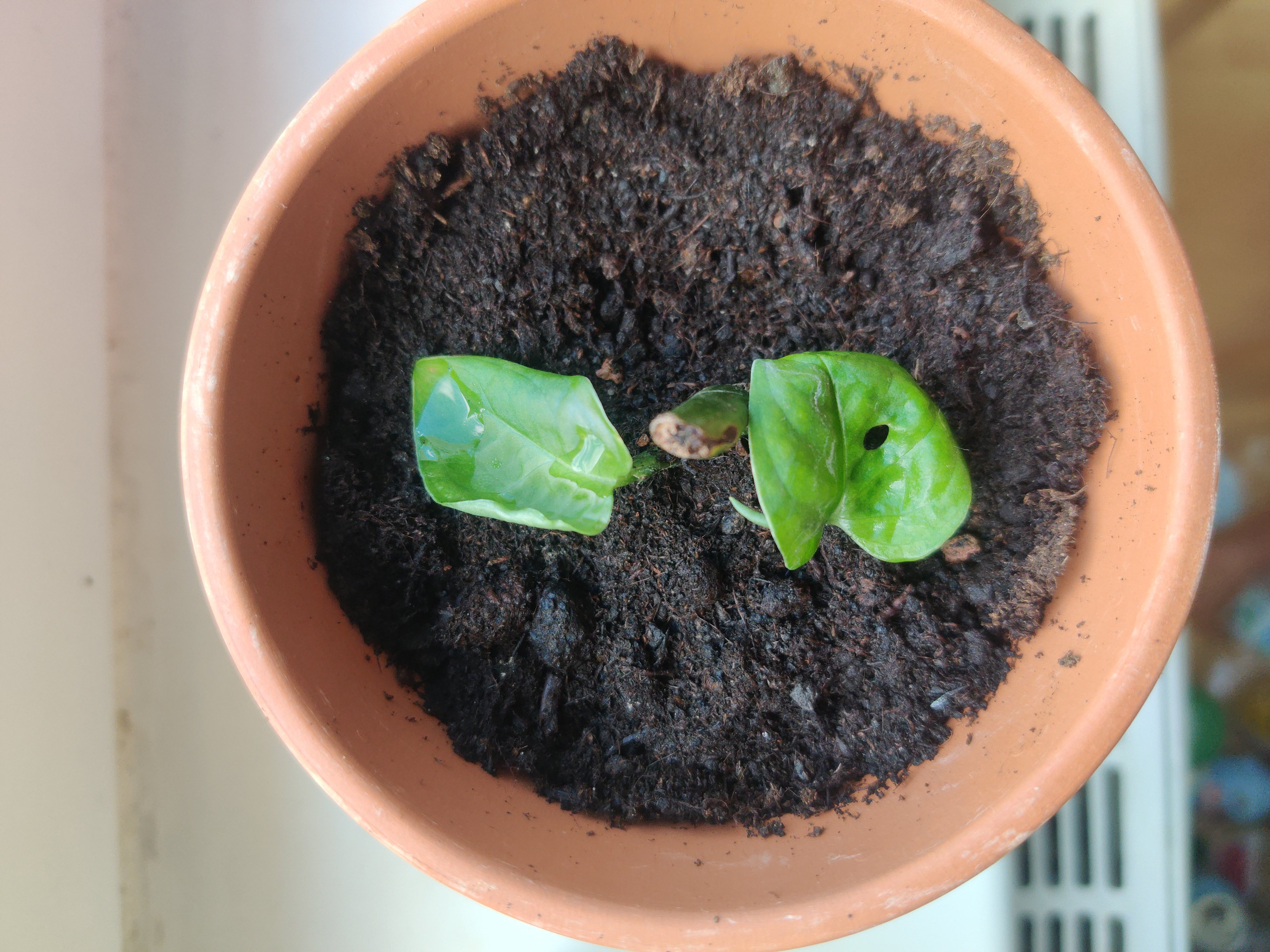I’m 43 and not really starting using Linux. I’ve dabbled with distros on and off over the years, but I never made the full switch because work always had some program or policy that just wouldn’t play nice with Linux. With all the crappy Microsoft decisions, bloatware, and ads I decided to try and use Linux exclusively on a personal device, and I’m absolutely loving it!
I’ve been working with Ubuntu as my main distro, and I’ve also been playing around with distros on a Raspberry Pi. To really challenge myself, I installed Linux on an old Surface Pro 3, and guess what? It just works! I was pleasantly surprised by how smooth the setup was and how well it performs.
I missing any key steps or tips to make the experience even better on a Surface? Any insights would be greatly appreciated. I was planning to buy a new tablet that runs Linux but this is working better than expected. I’m really enjoying the flexibility and control Linux offers and want to keep this momentum going.
I have read up and tried plenty, just looking for some perspectives out there specific to your tablet experiences.
EDIT Thank you for all the suggestions and insights! I’m going to continue using the Ubuntu build for the next few months. Still lots more to learn, but I’m excited to see how this goes. I have everything setup I need to function as a Linux only tablet experience. <sigh of relief> no more dependency on Windoze.
EDIT 2 I have been using Ubuntu for a few weeks and it generally works. The touch has been great but I do notice it is a bit buggy at times and the virtual keyboard leaves a lot to be desired. I did read this article today that talks about their experience more on a Surface Pro 4. https://www.binwang.me/2024-07-12-A-Review-of-Linux-on-Surface-Pro-4.html
Gnome works quite well on a larger touch-screen. Edit: ah, Ubuntu should have that by default.
It worked immediately without much fuss. That’s why I was scratching my head. Was it always this easy!? I’m enjoying the experience so far
Installing Linux on most hardware became really easy maybe 5 years ago.
What changed to make it happen? I am so done with other OS and Linux does everything I need. I really need to learn more about what’s happening and how to better use it so I can further customize and configure.
Nothing specifically, just nice improvements cumulating over the years.
Lot of just general progress, Linux was so fringe when I started in 2002 compared to now. Most enterprise customers are using Linux the past 15 years and hardware venders are now seeing more and more Linux adoption. We can kind of thank Chrome a bit for that but also more people generally having an interest and using it and developing drivers for their hardware
It sure did. That’s why I was surprised. Thank you!
One annoying thing though is you can’t scroll terminal on a touchscreen, it’ll just start selecting text. Maybe there’s a non default terminal with touch support.
You might want to look at Surface Kernel for Linux. The link below shows their matrix of features on various Surface products and support within the Surface for Linux kernel. You would install Ubuntu and then install these updates to make Surface hardware function better. They have a lot of bespoke hardware in their laptops and tablets that aren’t supported by the Ubuntu Linux Kernel out of the gate. https://github.com/linux-surface/linux-surface/wiki/Supported-Devices-and-Features#feature-matrix
Ok this is getting to the question I had. I found a few YouTube videos that went into detail about updating the kernel. I was wondering what’s the purpose when it was working as well as it has. I’m going to try to do this and follow the guides. Initially I had to overcome a BitLocker issue and a bug where I couldn’t overwrite the partition. Once I finally got Ubuntu running I was ready to dive into making it touch compatible, but it was already there. I suspect this makes it even better
If it works well for you, don’t worry about it. The matrix will show what kind of support improvements you might expect over the standard kernel.
Whoa, I don’t know why I’ve never considered Linux on a tablet. I have a couple that are gathering dust in a closet, and if this is doable, it sounds like a fun project!
On this Surface Pro, touch, rotation, and even the pen is working! I didn’t expect it to just work and it is.
The pen?! Damn, that’s impressive.
The one I might use is a an old Galaxy Note. I wonder if I’ll have similar luck.
There’s a big difference between an Android tablet and a PC tablet…
Am I getting my hopes up for nothing? =(
Probably, android devices and especially Samsung can be locked down. I don’t know your model though I feel like there are 4,327 variants of “galaxy note”.
Well all the Linux distros you see being discussed in this thread for PCs. There’s a much wider array of driver support in the kernel for x86 related hardware. ARM tablets, especially Samsung devices, have speciality hardware. Honestly, you’ll be lucky if you can get past any bootloader issues on a Samsung.
Honestly, you’ll be lucky if you can get past any bootloader issues on a Samsung.
It was honestly trivial to wipe Samsung’s and install LineageOS on a Galaxy Note 10+ and a Galaxy Tab 7. The bootloader isn’t much of an issue.
Now, getting a random Linux system to install, rather than an Android system designed for these, sounds live a huge challenge.
You may not have been carrier or region locked. Most are.
I’ve been daily driving a Lenovo X230 tablet for the last four years. I use Xournal++ to take notes with the pen in classes and at work. Works great!
Xournal++ is amazing! It’s really the reason a Linux tablet will work for me. I also appreciate using GB Studio and Aseprite with the pen. Makes retro game developing a lot more fun!
I use ThinkPad X1 yoga with Fedora 40 (Gnome)
- Enable fractional scaling and install Display scale switcher gnome extension - makes it easier to increase scaling when in tablet mode for easier touch input.
- logging in on a touchscreen can be a pain, in particular entering the password with on-screen keyboard. Special characters and numbers are not shown by default. On windows you have the option to use pin instead with a numeric keyboard. If you have a fingerprint reader compatible with linux that might work for login (mine doesn’t).
- Linux is very terminal-oriented, but Gnome terminal is unusable on a tochscreen. never mind typing commands - try scrolling long outputs - you can’t scroll with touchscreen, it will just start selecting text (i dont remember how this works in Windows)
- Google chrome supports gestures, so you can swipe left/right on the page to navigate back/forward. This does not with Firefox. Chrome also has a more touchscreen-friendly UI you can enable in chrome://flags/#top-chrome-touch-ui (Touch UI layout) although I haven’t noticed a significant difference.
- while you’re messing with google flags you may want to change Preferred Ozone platform to Wayland - this fixed blurry scaling for me
I was looking at Lenovo and this is good input. It sounds like everyone is not a fan of the tablet keyboard and the terminal is straight bollocks no matter the distro. I keep hearing Fedora and Wayland. I’m going to have to learn about them a bit more.
If you’re planning to get the 3rd gen x1 yoga, don’t. I had to disable thunderbolt ports in BIOS to get it to sleep correctly. Otherwise touch screen would not work after wake. And stylus doesn’t work correctly with Wayland. It stops working after few seconds of use.
Is there a DE with an onscreen keyboard that can be used in the terminal?
The onscreen keyboard used with Plasma (steam deck as well) is missing CTRL and other keys needed when navigating a terminal. It also fails to pop up on electron apps.
Sounds like it’s a bust to use terminal on a tablet. Damn.
You can get a small Bluetooth keyboard. They make them really tiny, for this exact use case (smartphones and tablets).
Since this is a Surface you can probably find one that’s been specifically designed to integrate with it (act as a cover).
deleted by creator
Gnome is the go to for accessibility but it has a phone-like keyboard
This extension
https://extensions.gnome.org/extension/6595/enhanced-osk/
Gives the full pc keyboard
Unfortunately, it doesn’t work on GNOME 46 yet. But looks like the porting is almost done!
Thanks, I’ll give it a look.
I think it was called OnBoard, basiclly a 1:1 keyboard clone on ur screen.
Phosh
I don’t think tablets are fully supported but I see gnome devs continuing to make steady progress there. Stoked for a future where (real) open source catches up to phones and tablets, we are close…
Ok, that makes sense. I suppose a Surface Pro is still kinda a computer with a touchscreen. Overall I was impressed with how smooth the experience was and look forward to it developing.
I only know that I was pleasantly surprised how well GNOME ran on a surface device of a friend.
Yeah, me too. It just works!
I’ve been using Linux mint on a tablet & it’s been good so far. Ironically the windows tablets are particular easy to put Linux on.
I had great success installing fedora on a Microsoft surface. It ran better on Linux than it did with windows lol.
I have the starlite. I ran gnome on linux mint. It was ok until i tried to change the display manager from lightdm to gdm. The touchscreen stopped working. Im gonna install debian when i get my usb hub
Update! I installed debian and fedora and its still broken. So i suggest not buying the starlite
Dang it. Thanks for the update!
i had to flash firmware and its working. but im stuck on gnome because i need a touch keyboard. i hate gnome
Thanks for these insights. From my laymen experience with Linux, I am a bit fuzzy on all the distros and variants. What’s the major difference between Ubuntu (or whatever distro) and what you described? From your perspective
You’re welcome. I find Fedora to be much more up to date and refined than Ubuntu but also very stable still, at least the atomic variants as those are what I use. Also Ubuntu has all the controversy about trying to force their own packages at you as well as other things
Y’all need to really stop recommending immutable distros to people who aren’t even familiar or know what their regular setup will be. Like this poster who even said they are still going to have to work out Windows alternatives.
I think I disagree.
After using Bazzite, if I had to set something up for my mom, it’d be Aurora.
Updates are dead simple and most of what she would use would be flatpaks anyway.
They seem like a rock solid way to get into Linux with a low chance of breaking something.
For someone who just does web browsing, sure. That is not the question or ask of this post. Read my comment again.
Hm… immutable distros are alternatives tho?
And did you just downvote me for politely disagreeing?
I downvoted because your comment had nothing to with the context of this thread or my comment, and just served to be an “AKSHUALLY ☝️” moment for yourself.
Ahh. You’re just a prick. I get it now.
Button is there for a reason. If you’re just interjecting with nonsense, it should be downvoted.
I’ve been messing with linux on my xps tablet. It mostly works well, I just hate the onscreen keyboards right now. Maliit lacks documentation and modifier buttons, squeekboard doesn’t scale to larger screens unless you manually build a dev branch, and wvkbd doesn’t hide/respond to input boxes.
As for UI, I love plasma mobile personally. For other touch friendly UIs theres: gnome mobile, phosh, and hyprland + gesture plugin.
My Surface Pro 4 (my last remaining windows install) is soon to suffer this fate… not the Linux install, but having me just touch it in weird places… for no real apparent reason 😈
I don’t have Linux on a tablet right now but my first thought was that you might want to check into what Steam Deck users are doing with “Desktop Mode.” It has a touchscreen and virtual keyboard so it’s essentially a tablet-like experience (though it has touchpads and a few buttons, obviously, and isn’t a tablet). It runs KDE by default, which I’m not as familiar with as Gnome, but it might have more users than any other GNU/Linux touchscreen product.
Last time I had a Linux tablet, there were also some Firefox/Chrome/Gnome extensions that made it more touch-friendly. Like instead of selecting text, one finger swipe scrolled, two-fingers zoomed in, etc. like a typical tablet. Not sure if that’s still an issue. But if you do run into an issue, it might already be solved by an extension.
Hopefully, someone has more up-to-date advice. The tablet I had (and probably still have in a drawer somewhere) was an experimental Ubuntu Touch device and there’s been huge strides since then.
Thank you, that gives me a direction to start researching. I’ve been wondering the experience and it seems like it has been developing.
I’ve been tempted to try and install plasma mobile on a tablet.
You use fedora https://lemmy.world/post/16899331









